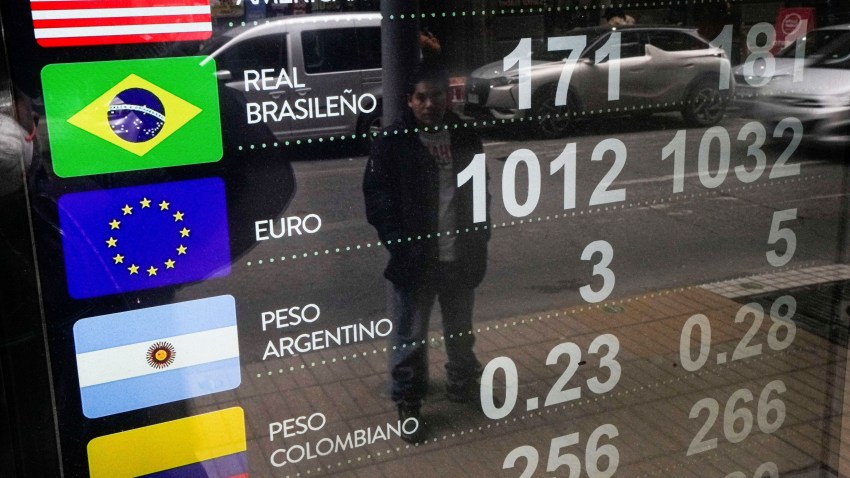Six months ago, the International Monetary Fund, or IMF, warned the world that “the worst was yet to come” in terms of economic challenges. The expectation set by the organization was that 2023 would be worse than 2022. That is likely true for the average citizen in most Latin American countries.
There are indeed a few countries where economic downturn has hit particularly hard. Bolivia faces a run on its banks. Ecuador’s bonds fell as the government’s stability appears on the ropes. Venezuela, despite experiencing high economic growth in 2022, remains mired in a multiyear crisis that is still causing major suffering. And Argentina’s economy—often a mess—faces the additional challenge of a major drought lowering agricultural output that is further impacting government coffers.
But these examples are exceptions to the rule, as most of Latin America does not currently face an economic crisis. There isn’t a deep recession, mass job loss or hyperinflation. In fact, the IMF’s Global Economic Outlook published last week projects Latin America to grow 1.6 percent in 2023 and 2.2 percent in 2024, despite the fact that Brazil’s economy—historically the biggest in the region—won’t grow by more than 1 percent this year, and growth in Mexico is projected to be less than 2 percent.

